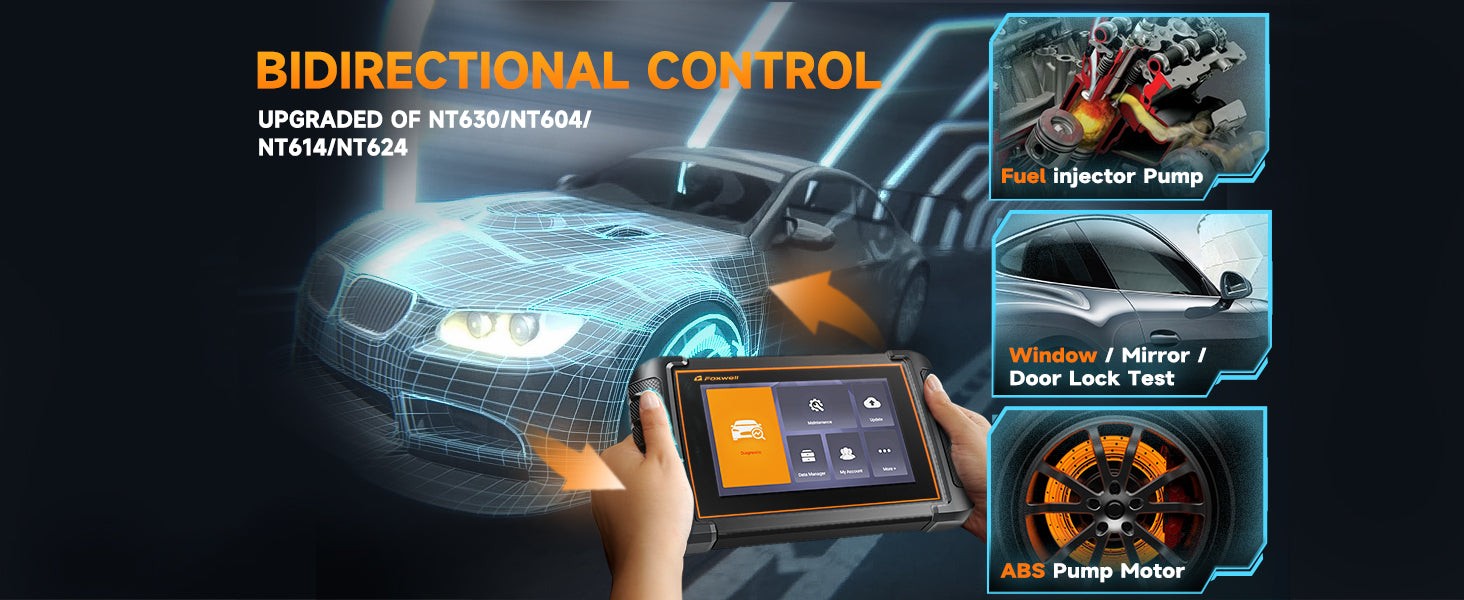Tire Pressure Monitoring Systems (TPMS) are crucial for vehicle safety and efficiency. They alert drivers to low tire pressure, preventing potential hazards. A common question is whether a standard OBD2 scanner can reset TPMS. This article explores the capabilities of OBD2 scanners regarding TPMS and discusses specialized tools for TPMS reset procedures.
OBD2 Scanner Functionality and TPMS
OBD2 scanners are primarily designed to diagnose engine and emission system issues. They read and clear diagnostic trouble codes (DTCs), providing valuable data on engine health and performance. While some OBD2 scanners offer limited access to other vehicle systems, their TPMS capabilities are often restricted. They can sometimes read generic TPMS codes but typically lack the functionality to reset or reprogram the system. This is because TPMS often utilizes manufacturer-specific codes and protocols that standard OBD2 scanners cannot interpret.
Why Specialized TPMS Reset Tools Are Often Necessary
TPMS reset procedures often require specialized tools due to the complexity and variations in TPMS technology across different vehicle manufacturers. Here’s why:
Manufacturer-Specific Protocols
Each car manufacturer uses unique communication protocols for their TPMS. Specialized TPMS reset tools are designed to recognize and interact with these varying protocols, enabling proper communication with the TPMS module.
Advanced Functionality for TPMS Reset
Resetting TPMS often involves more than just clearing codes. It may require relearning sensor IDs, reconfiguring the system after sensor replacement, or performing other advanced functions. Specialized tools provide the necessary capabilities for these tasks. They can program new sensors, trigger sensor relearns, and provide diagnostic information specific to the TPMS.
Features of Dedicated TPMS Reset Tools
Dedicated TPMS reset tools offer a range of features designed for efficient and accurate TPMS management:
Broad Sensor Compatibility
These tools support a wide variety of TPMS sensors across different vehicle makes and models, ensuring compatibility with your specific vehicle.
TPMS Sensor Programming Capability
They enable programming new sensors when replacing old ones or switching tire sets, ensuring proper TPMS function.
Guided Reset and Relearn Procedures
Dedicated tools guide users through the TPMS reset and relearn procedures, simplifying the process and minimizing errors. This often involves specific sequences of actions or driving patterns.
Real-time TPMS Data Monitoring
Some advanced tools offer real-time data monitoring from each sensor, displaying pressure, temperature, battery status, and other crucial information for comprehensive diagnostics.
Foxwell TPMS Tools: NT310 and NT530
Foxwell offers specialized tools like the NT310 and NT530 for comprehensive TPMS management. The NT310 is a dedicated TPMS tool with features for triggering, programming, and relearning sensors. The NT530 is a multi-system scanner with advanced TPMS capabilities alongside comprehensive diagnostic functions for various vehicle systems. Both offer direct TPMS support, broad vehicle coverage, and regular software updates to ensure compatibility with the latest TPMS technologies.
Conclusion: Choosing the Right Tool for TPMS Reset
While a standard OBD2 scanner might offer limited TPMS functionality, a dedicated TPMS reset tool is often essential for comprehensive TPMS management and reset procedures. These specialized tools provide the necessary compatibility, functionality, and ease of use to effectively diagnose and resolve TPMS issues, ensuring optimal vehicle safety and performance. Consider your specific needs and the complexity of your vehicle’s TPMS when choosing the right tool.

